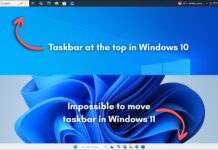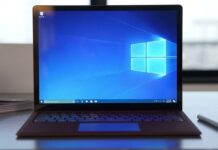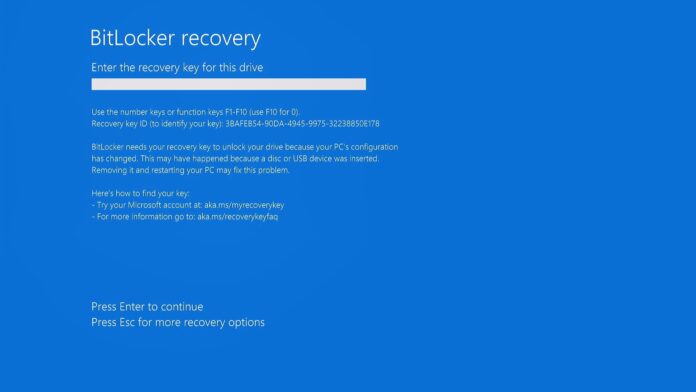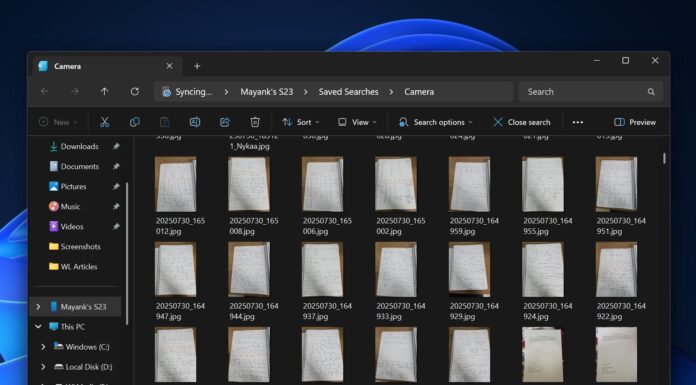Microsoft confirmed an issue that could trigger BitLocker Recovery on Windows 11 25H2, 24H2 and even Windows 10. It means you could be asked to enter your BitLocker recovery key. But if you don’t have the key, you will lose all of your data. However, the BitLocker key is always synced to the Microsoft account (MSA).
What is BitLocker?

I don’t hate the idea of BitLocker, but if you are someone who doesn’t understand how BitLocker works and it’s turned on, you could be in trouble when you realise you don’t have the recovery key. A recovery key is required when you are on the above screen, which is now being triggered by the Windows October 2025 Update.
“After installing Windows Updates released on or after October 14, 2025 (the Originating KBs listed above), some devices might encounter issues during restart or startup,” Microsoft confirmed in a new support document. The linked advisory is only visible to those with a Microsoft 365 Business or Windows 11 Enterprise license.
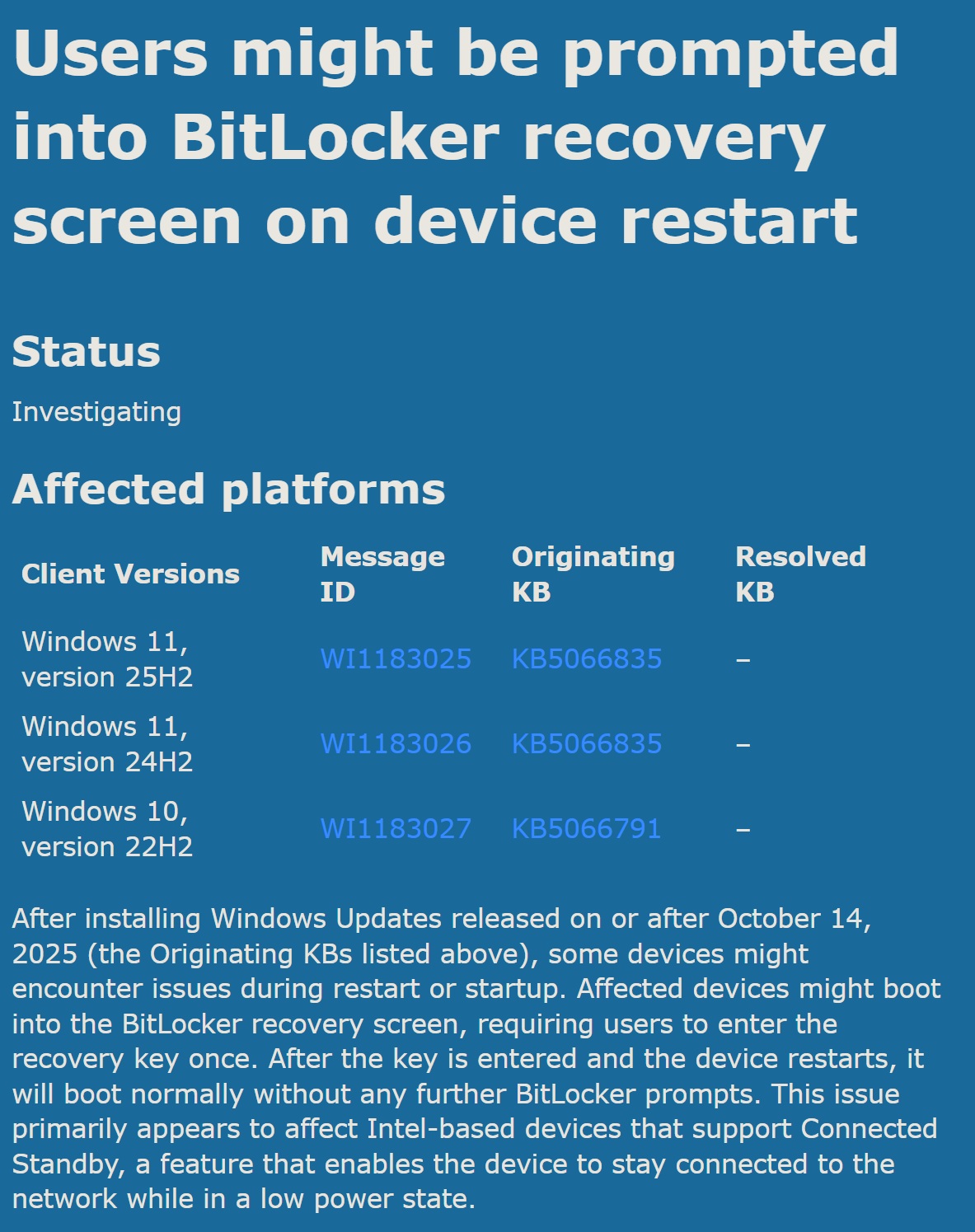
Microsoft says the following versions of Windows are affected:
A fix is already being rolled out. If you are a business user, you will need to manually deploy it across your organization.
Microsoft says that mostly Intel PCs are affected
In the advisory, Microsoft says it observed that BitLocker recovery is triggered mostly on Intel-based PCs with a feature called “Connected Standby.”
Connected Standby, also known as Modern Standby, is not exactly a new feature. All modern PCs ship with it. This feature was originally developed during the early days of Windows 8 and expanded on with Windows 10.

If you see Standby (S0 Low Power Idle) when you run powercfg /a in Command Prompt, your PC supports Modern Standby.
Microsoft won’t tell us how these BitLocker issues are linked to Modern Standby, but it’s possible that the October 2025 Update ousted the boot chain or Secure Boot state, but on Intel and Modern Standby (S0) machines, the update or restart path didn’t correctly “suspend BitLocker for one reboot.”
This could have triggered the BitLocker recovery screen, but Windows will automatically reboot after you enter the keys. That’s my theory, and we don’t have any official explanation yet.
How many users were forced to enter the BitLocker recovery key?

It’s unclear how many users are affected, but Windows Latest found several posts on the Feedback Hub and other forums flagging BitLocker issues.
For example, one admin observed that they had three PCs running into BitLocker recovery after Windows 11 KB5066835. While entering the recovery key allows the PC to boot, one of their PC would daily ask for the key.
“We have three Win 11 24H2 Azure VMs which cannot boot anymore after the update. They are stuck in BitLocker recovery,” one of the users noted in a Reddit post.
“The only devices that had BitLocker Recovery issues this morning were HP Pro Mini 400 G9 desktops (A70P7UT and 9P334AT). What made it extra interesting was that these same computers have been giving us headaches when trying to enroll them into Intune. We keep getting TPM errors, and all signs lead to Intel TXT being the cause,” another user wrote.
How do I know if BitLocker is turned on my PC?
Like I mentioned at the outset, most of us don’t even realize when BitLocker is turned on, but it’s actually quite easy to verify the status.
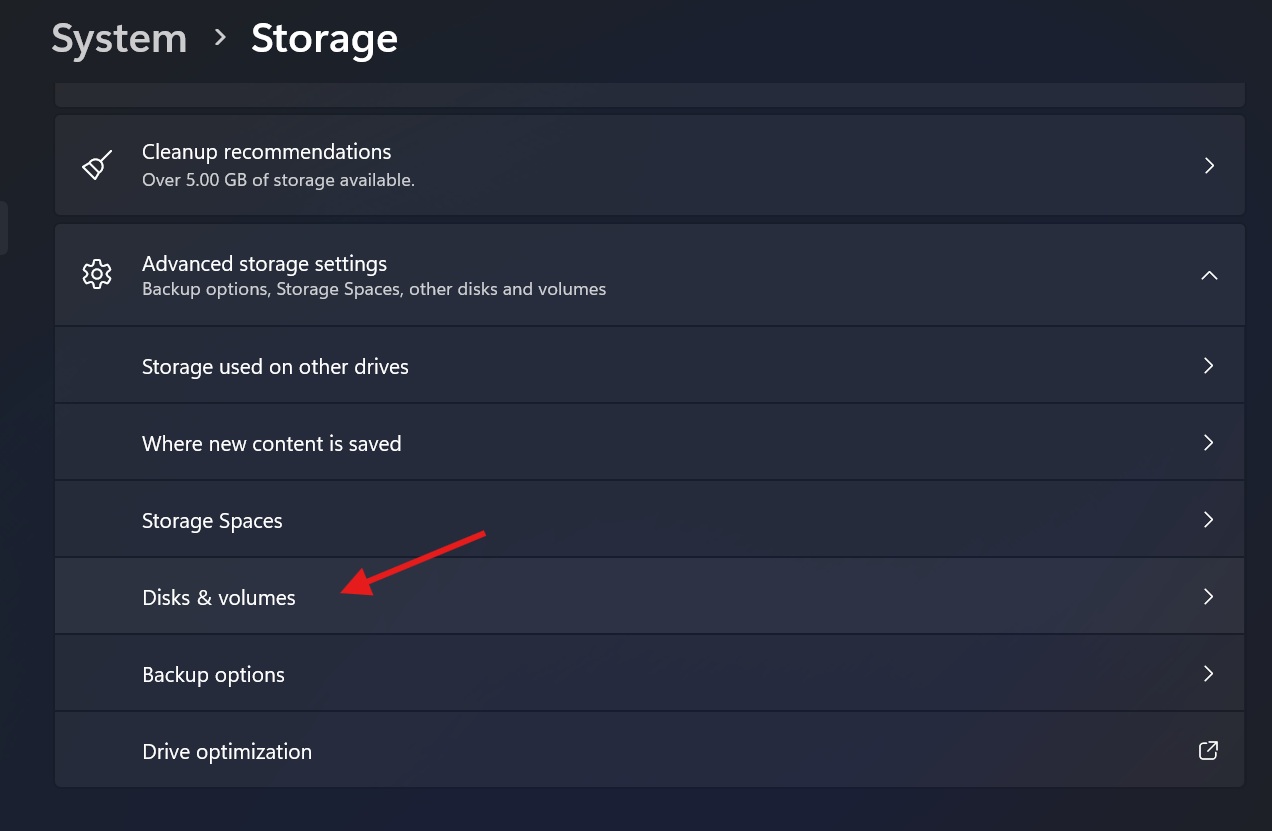
To check if BitLocker is turned on your PC, open Settings > System > Storage > Disk & Volumes. Select ‘Properties’ under one of the volumes, and if it says ‘Encrypted’ under BitLocker, it means the feature is turned on.
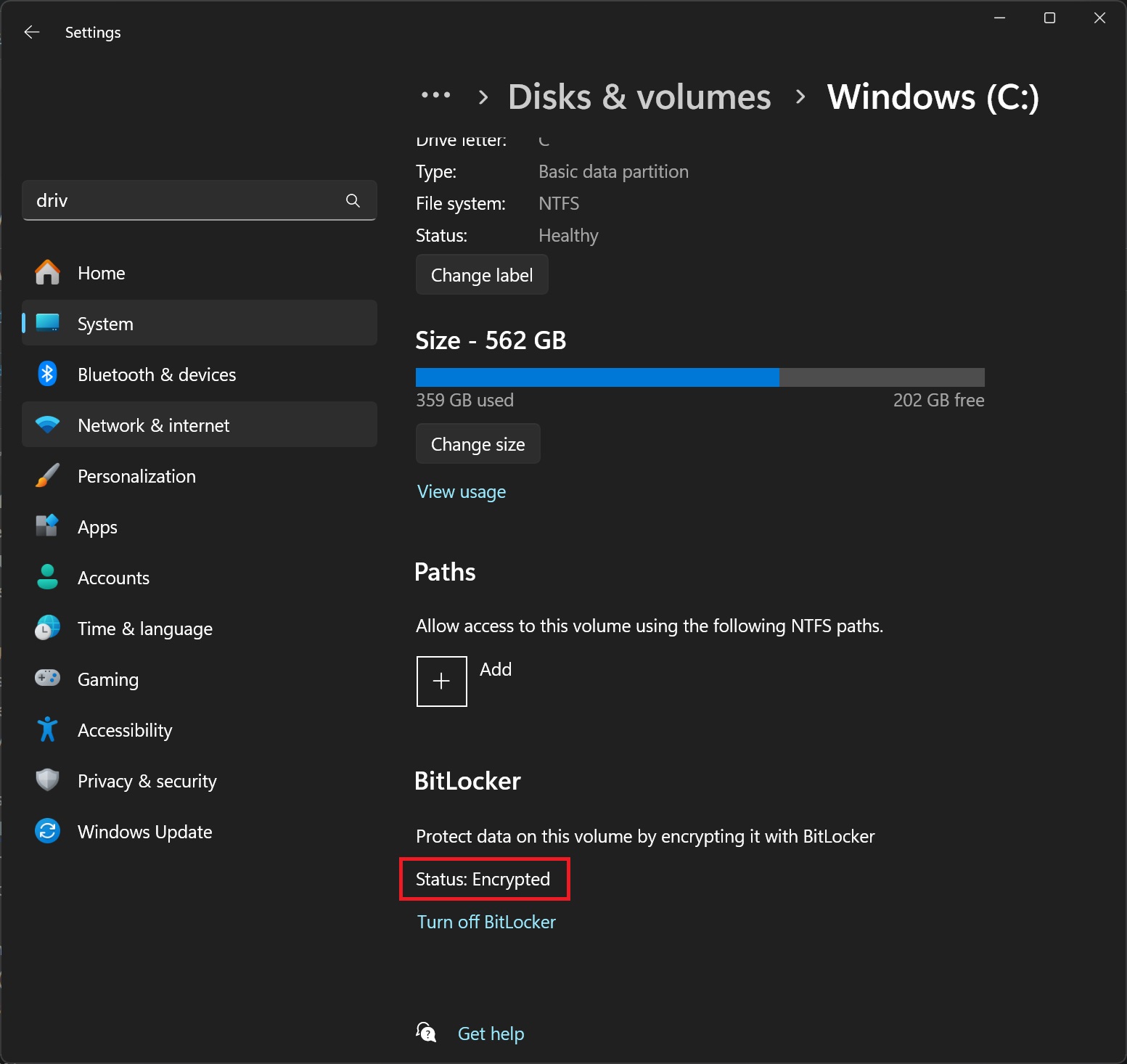
You can always turn off BitLocker, but I don’t think it’s required. As long as you have a Microsoft account or a separate backup of the BitLocker recovery key, you’re safe.
When should you turn off BitLocker?
Tip: Back up your BitLocker recovery key today
October 2025 update is a good reminder. You should back up your BitLocker recovery key, preferably another copy, stored safely.
Windows makes it super easy to back up your recovery. In addition to automatic backup to a Microsoft account, you can open Control Panel > System and Security > Device Encryption, and select ‘Back up your recovery‘ key under the storage volume. Then, you can export the key or take a picture of it.

As long as you have the recovery keys, you never have to worry about losing access to the storage drive. BitLocker does not have a great reputation, but it’s a very useful feature to protect your personal files.
October 2025 Update has been a rollercoaster ride for Windows
On October 14, Microsoft released Patch Tuesday updates with several fixes, but it also broke WinRE. Windows Latest found that the mouse and keyboard no longer work in WinRE (Windows Recovery Environment).
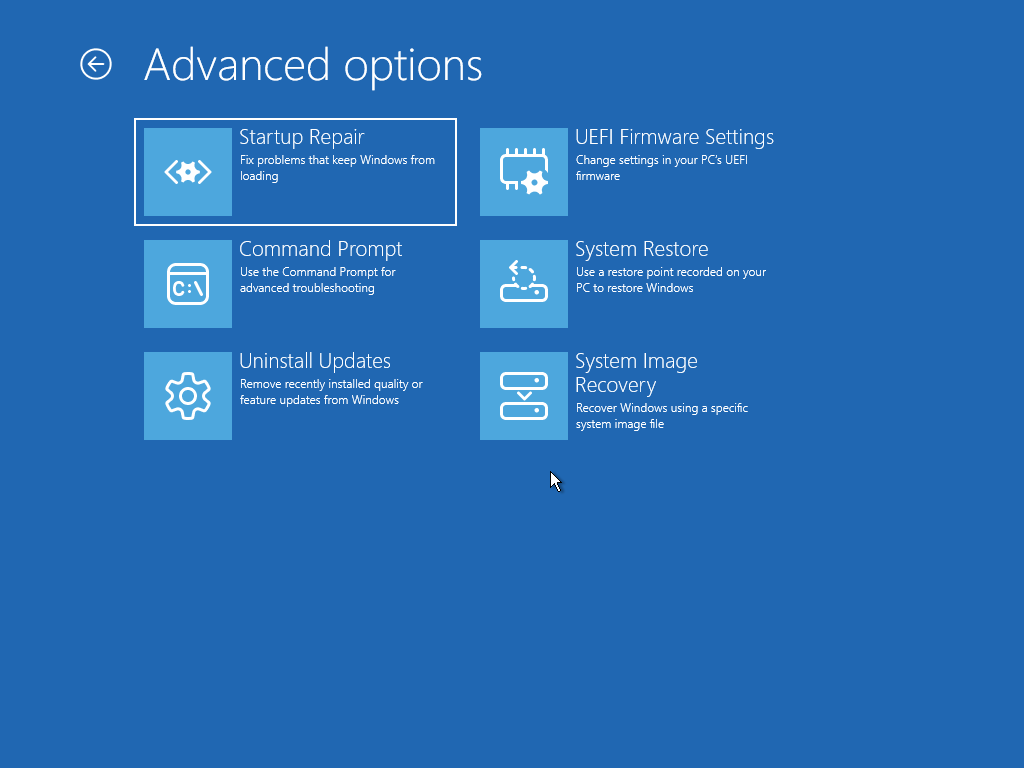
Microsoft acknowledged our findings and released an out-of-band update to add mouse and keyboard support to WinRE.
We also found that the Preview pane in File Explorer no longer works in Windows 11 October 2025 Update. However, it turns out that it was not a known issue, as Microsoft intentionally turned off the feature to mitigate NTLM attacks.
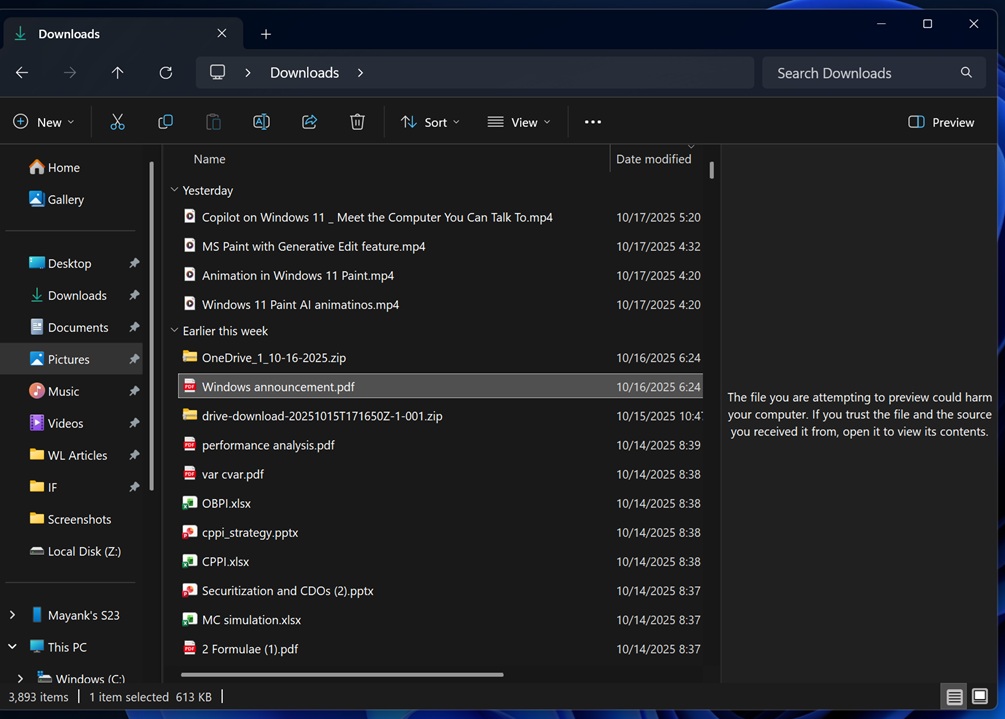
Later, Windows Latest observed that Task Manager won’t quit if you tap on the close “X” button. If you want to close Task Manager, you need to select all open instances and click on “End task.”

Microsoft acknowledged Task Manager duplicate processes as a known issue that could potentially degrade performance and is still investigating the root cause.
What about you? Do you also have issues after the October 2025 Update? Let me know in the comments below.



